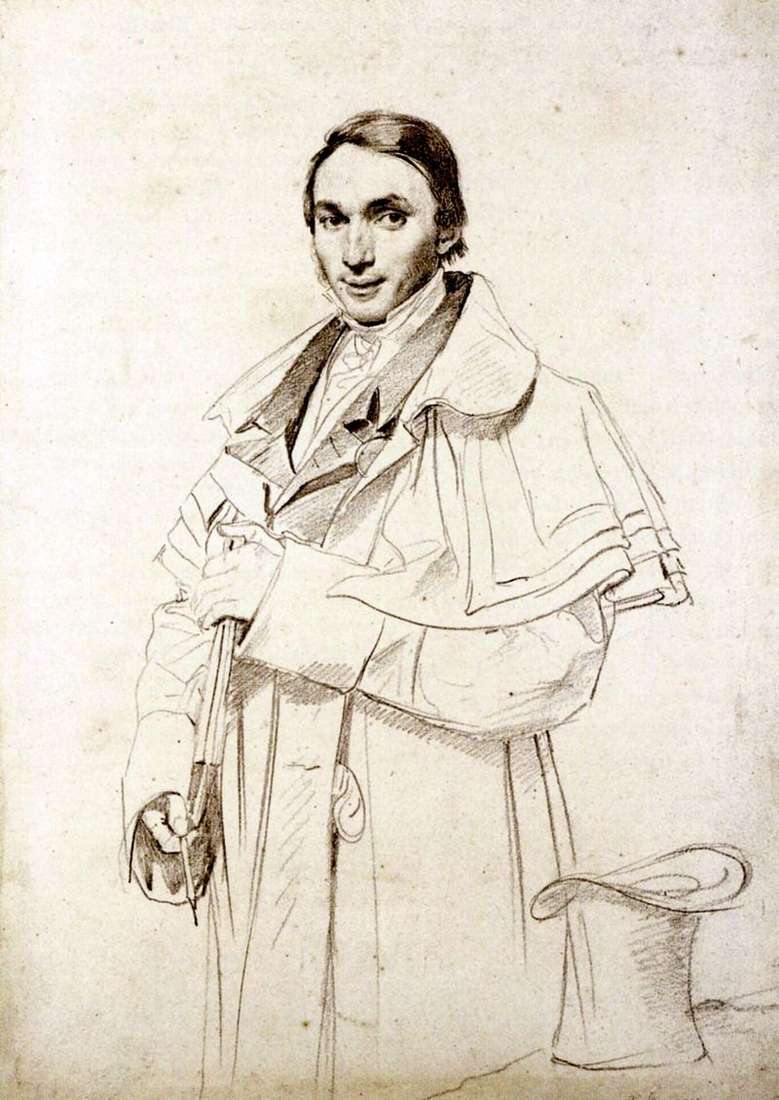
Classicists reasonably claimed that the drawing “teaches” the hand of line accuracy. In the system of these representations, Ingres was raised, and yet in college students he showed himself as an excellent draftsman. He resorted to drawing not only in his preparatory works, preceding the creation of large paintings, but as a completely independent genre.
Early profile portraits of Engra demonstrate both the artist’s good “formal” skills and his excellent mastery of the art of the line. Living in Italy, Ingres did not hesitate to make a living by pencil portraits of aristocratic tourists – such as “Portrait of Mr. Forest”. However, this “day labor” sometimes greatly irritated him.
“It’s awful,” said Engr once, “that I have to constantly draw someone’s faces.” At the same time, the artist’s statements are also known, in which the drawing is called “the basis of painting.” Ingra’s drawings are appreciated in the environment of art lovers very highly. Art historians note their psychological authenticity and the incomparable skill of the artist with the help of rhythmic strokes to transmit chiaroscuro, an example of this being the sketch for the painting “Antiochus and Stratonica”.
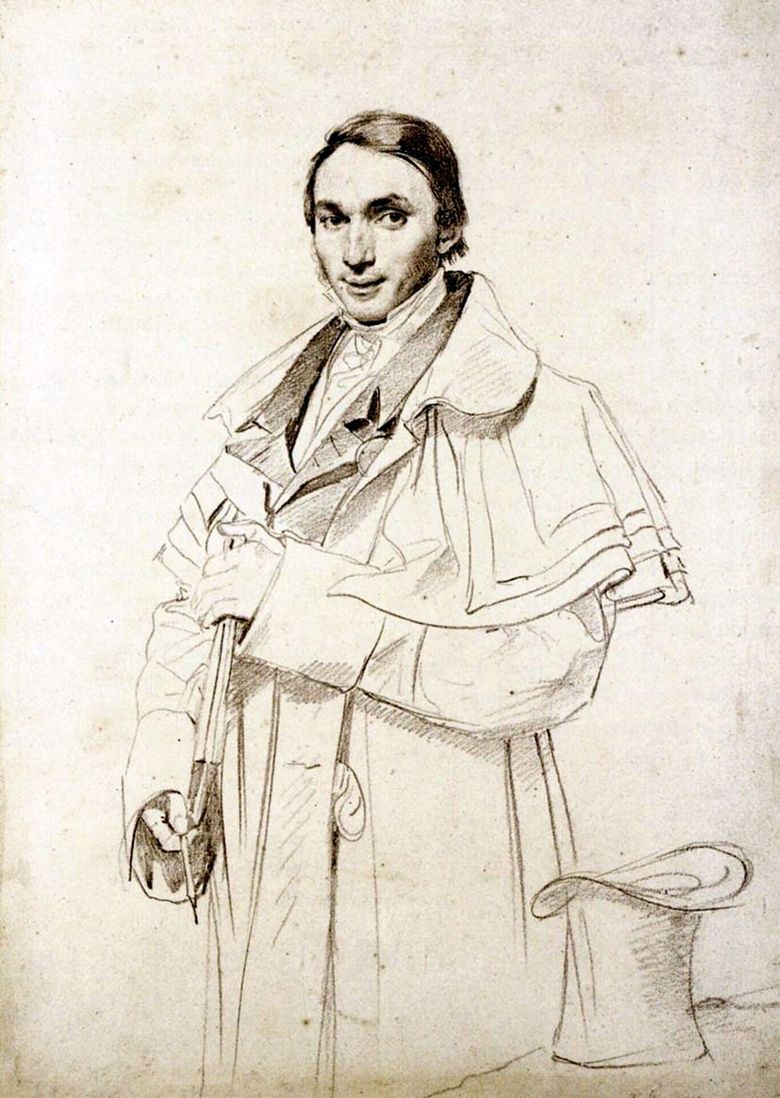 Portrait de M. Forest – Jean Auguste Dominic Ingres
Portrait de M. Forest – Jean Auguste Dominic Ingres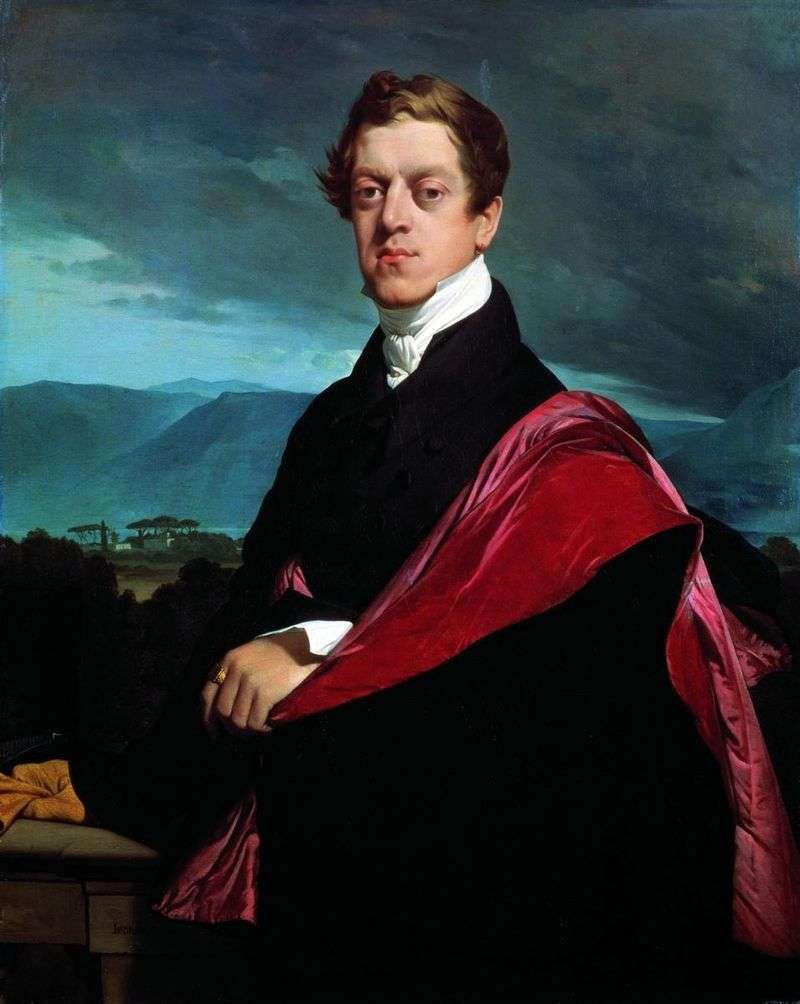 Portrait of Count ND Guriev by Jean Auguste Dominique Ingres
Portrait of Count ND Guriev by Jean Auguste Dominique Ingres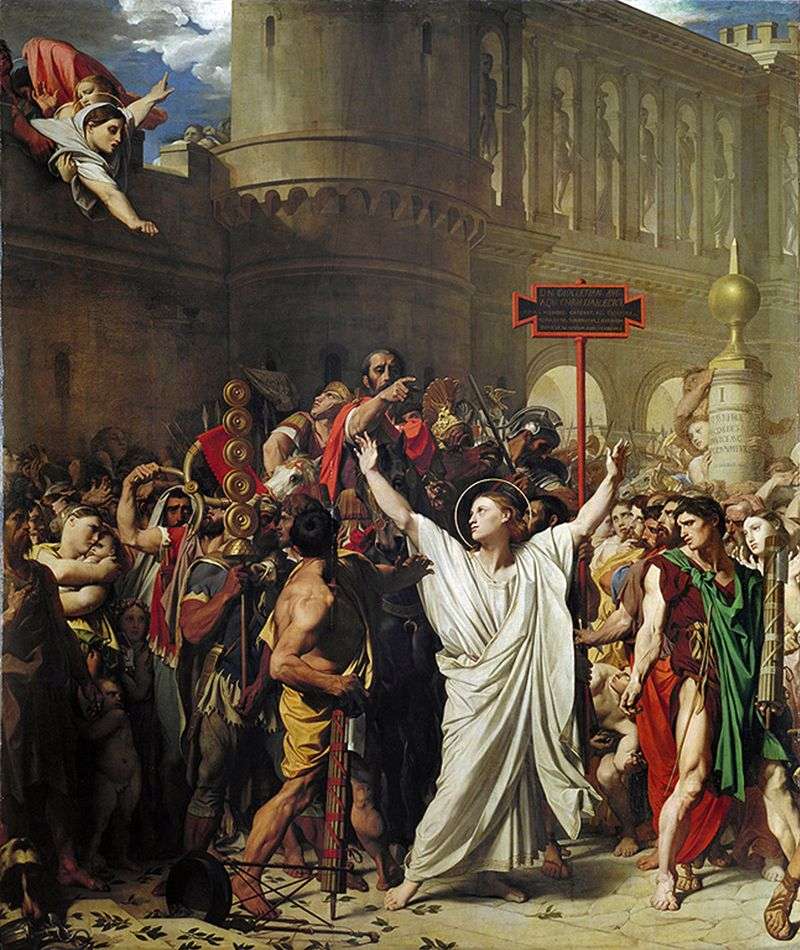 The Martyrdom of Saint Symphorion by Jean Auguste Dominique Ingres
The Martyrdom of Saint Symphorion by Jean Auguste Dominique Ingres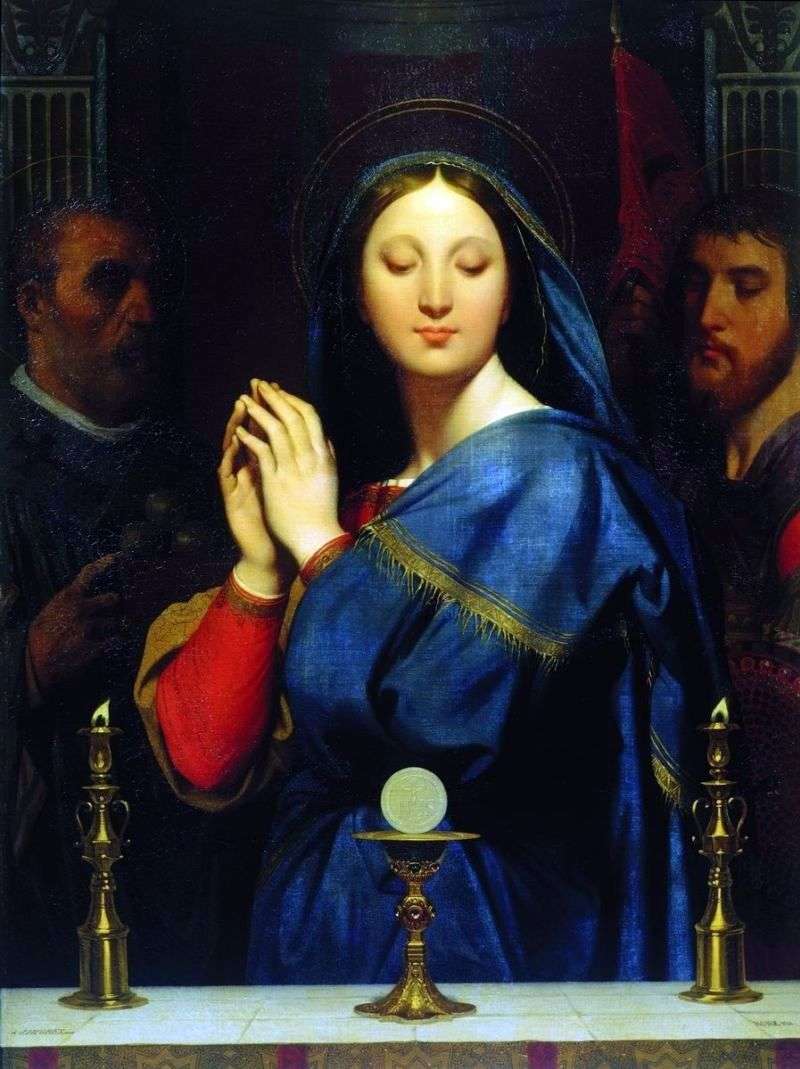 Madonna in front of a cup with participle by Jean Auguste Dominique Ingres
Madonna in front of a cup with participle by Jean Auguste Dominique Ingres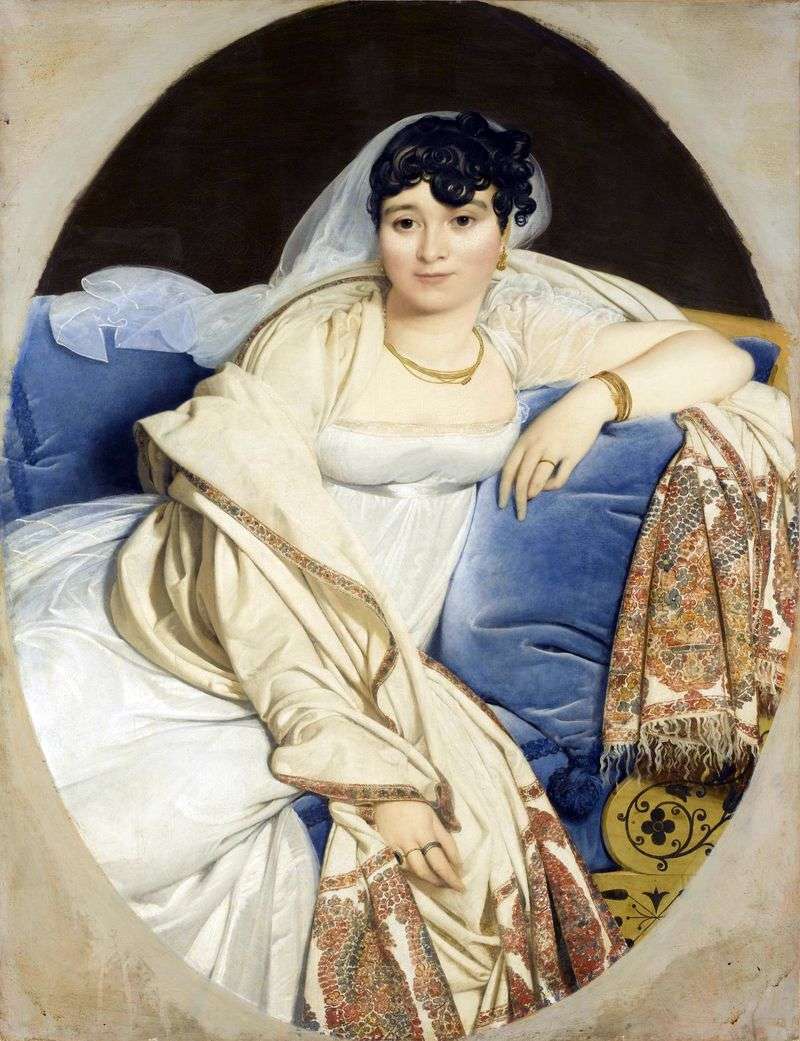 Portrait of Mrs. Riviere by Jean Auguste Dominique Ingres
Portrait of Mrs. Riviere by Jean Auguste Dominique Ingres The Great Odalisque by Jean-Auguste Dominique Ingres
The Great Odalisque by Jean-Auguste Dominique Ingres Portrait of Mademoiselle Riviere by Jean Auguste Dominique Ingres
Portrait of Mademoiselle Riviere by Jean Auguste Dominique Ingres Christ transmitting St. Peter Keys from Paradise by Jean Auguste Dominique Ingres
Christ transmitting St. Peter Keys from Paradise by Jean Auguste Dominique Ingres